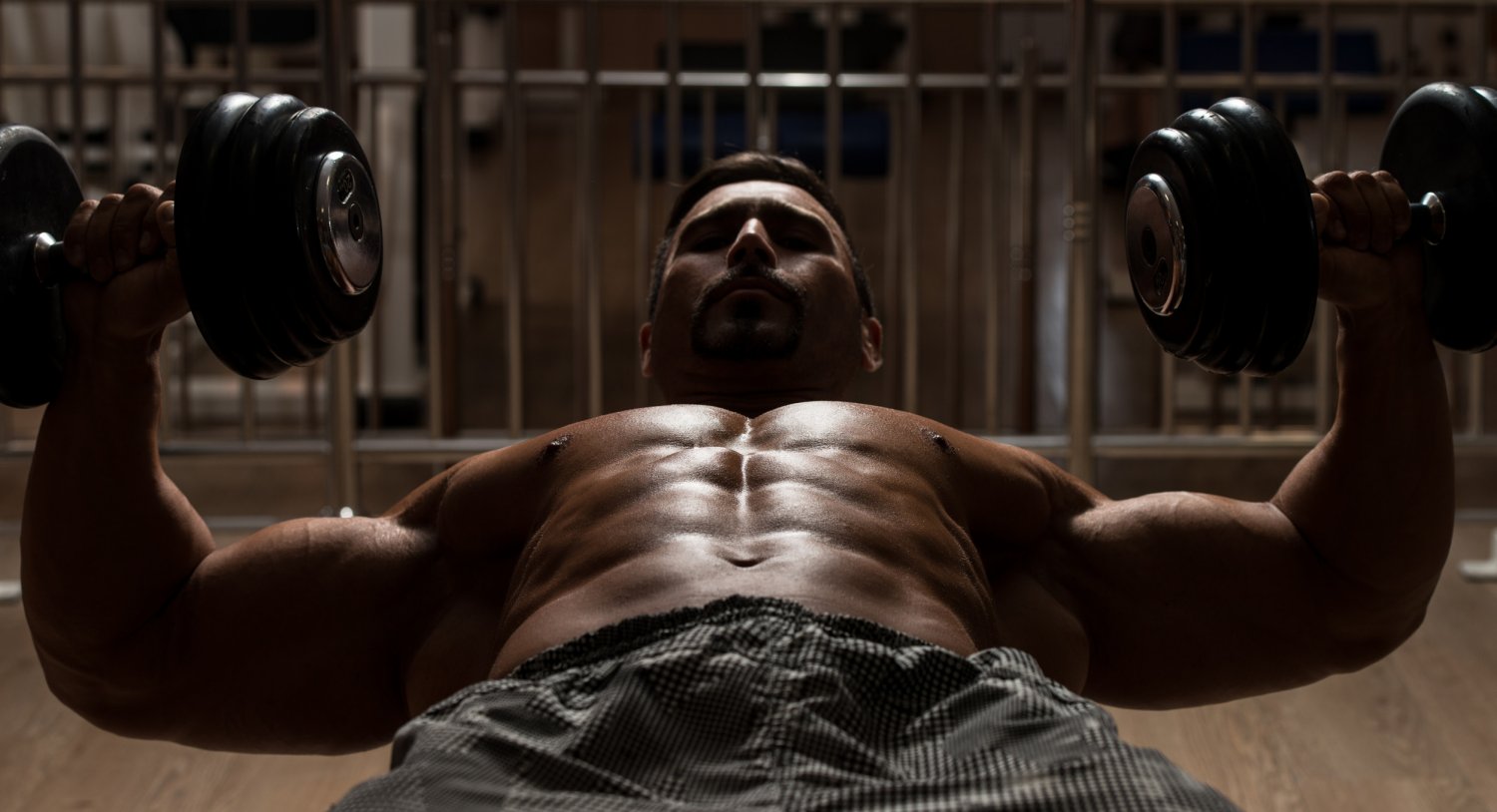
by Matt Weik, BS, CSCS, CPT, CSN
Feeling frustrated after hours at the gym with nothing to show for it? You are not alone! Even that impressively muscular guy you admire at the gym has been exactly where you are. But they figured out what was holding them back from a bigger and stronger chest.
If you are wondering why you are not seeing results while everyone else has a massive set of pecs, improper chest training is probably the culprit! Many people make common mistakes that prevent them from developing the powerful pectoral muscles they are working so hard to achieve.
In this article, we will dive deeper and explore common chest training mistakes that could be holding you back from building the impressive, bigger, and stronger chest you have been dreaming about!
Disclaimer: This article is for informational purposes only and is not meant to treat or diagnose any condition. It is recommended that you speak with your doctor before starting any exercise program, making changes to your nutrition plan, or adding any new supplements into your current regimen.
5 Common Chest Day Mistakes to Avoid
Our goal is to achieve remarkable chest development. Although heavy pressing movements are often claimed to be essential for chest growth, the truth is more complex.
Yes, exercises like bench presses, dumbbell presses, and push-ups are important. Research shows a strong connection between pressing strength and chest growth.
However, some people gain significant strength in these movements but see little chest development.
This is a common frustration for many beginners. Despite getting stronger at bench presses and push-ups, their chests won’t grow. Instead, they feel the exercises mainly in their shoulders and triceps.
While some might blame genetics, the real issue often lies in technique; not performing these exercises properly engages the chest muscles.
Below are some common mistakes you should avoid if you want to get a bigger and stronger chest.
1. Skipping warm-ups
This shouldn’t be surprising. Not warming up muscles before chest training harms both progress and health.
Beginners often want to lift heavy weights immediately. Even experienced bodybuilders sometimes skip stretching because they are focused on muscle growth and just want to get after it as soon as they walk into the weight room.
This is a serious mistake in any gym setting.
Without proper stretching and warm-up, injury risk increases significantly.
When muscles are cold and at rest, they lack flexibility, don’t have adequate blood flow, and have a limited range of motion. Lifting weights without warming up can lead to sprains, strains, or even tears in chest muscles.
Proper warm-ups also improve results because:
- They increase blood flow to muscles, preparing them for exercise
- They activate chest muscles, allowing for better engagement during the workout
2. You only do traditional bench press
Using only the barbell bench press with a powerlifting-style arch limits chest muscle growth potential. While the bench press is great for building upper body strength, it has limitations for maximum muscle development.
When using proper powerlifting form with an arched back and wide grip, the exercise’s effectiveness for chest growth and building a stronger chest decreases for several reasons:
- The arched position reduces the range of motion
- Heavy, low-rep sets focus more on neural strength than muscle growth
- Fixed hand position on the bar restricts horizontal adduction (the “hugging” motion), which is a key function of the chest muscles
- Leg drive increases bar speed but decreases chest muscle engagement
3. Not retracting shoulder blades
When lying on the bench with slightly elevated shoulders, the weight load shifts away from the chest. This happens when the shoulder blades move forward (protraction), causing secondary muscles like shoulders and arms to do the work instead of the chest.
To correct this and maximize chest engagement, retract the shoulder blades by pinching them together as if squeezing a pencil between them. This simple adjustment grounds the shoulders into the bench during lifting, properly engaging the outer, upper, and inner chest muscles.
With retracted shoulder blades, the tension shifts to the chest muscles, where it belongs, resulting in better growth and development.
4. You are not doing enough push-ups
Plain and simple — the basics work.
Few exercises are more fundamental than push-ups, and for those struggling with chest development and being able to build a stronger chest, doing a large volume of push-ups can be highly effective.
Push-ups address many requirements for chest growth, particularly the often-neglected scapular protraction mentioned earlier. They also offer the advantage of easily adjustable hand positions, allowing you to target different parts of the chest based on what feels most effective.
There’s an important relationship between intensity and volume in training: the closer an exercise is to your maximum capacity (1-rep max), the fewer repetitions you can perform.
Since push-ups are far from the maximum effort for experienced lifters, they must be performed in very high volumes to be effective.
For advanced trainers, this means doing push-ups in large quantities to create enough stimulus for chest growth. The high-volume approach allows this basic exercise to remain challenging and productive even for experienced individuals.
5. Pre-fatigue your chest muscles
For effective chest growth and to achieve a stronger chest, ensure the target muscle fails first during the exercise. If your triceps give out before your chest during a bench press, try pre-fatiguing your chest first.
Otherwise, you’re ending your set before you’ve truly fatigued your chest muscles.
Use high-rep chest flyes with dumbbells, cables, or a pec deck before heavy bench pressing. This pre-fatigue technique helps your chest reach failure before your triceps, making the bench press more effective for pectoral development.



